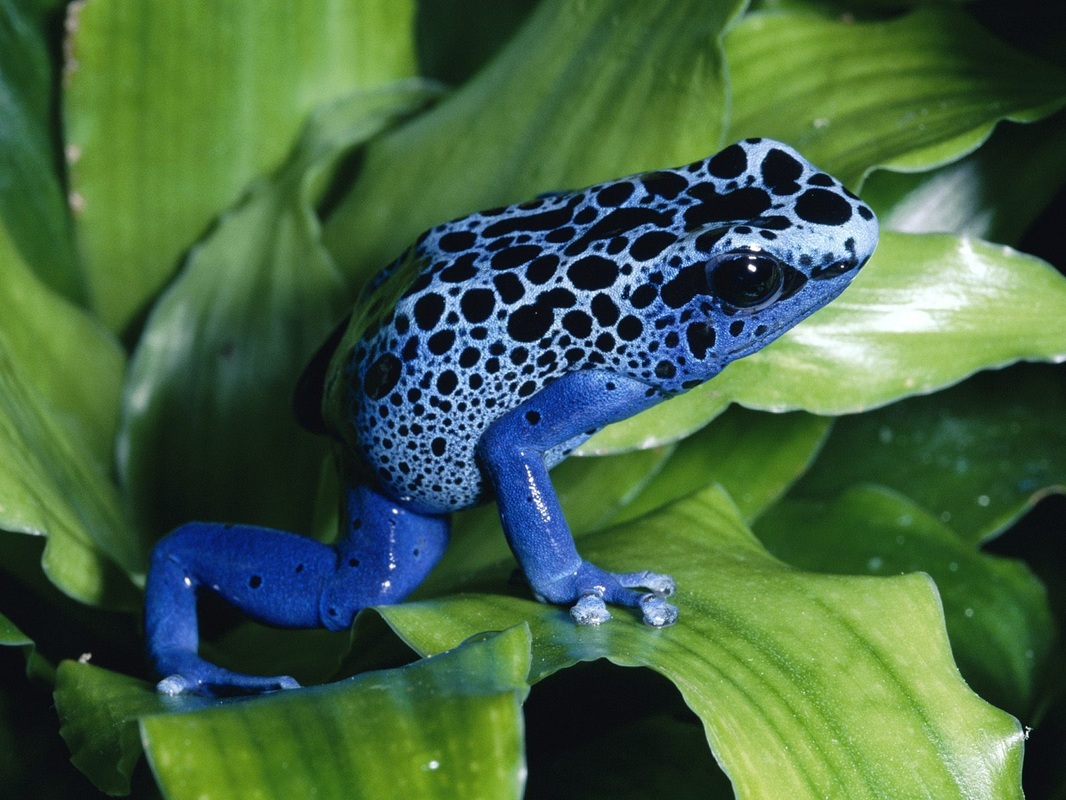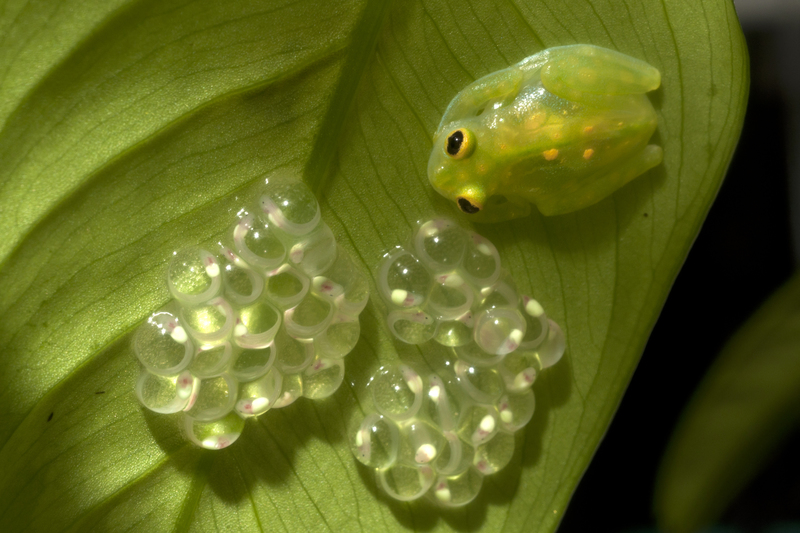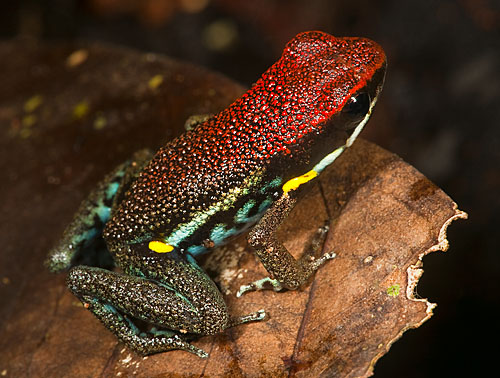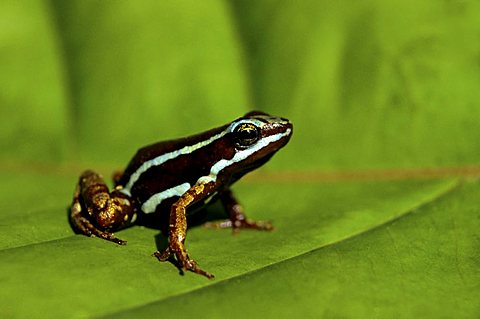|
FROGS OF THE CLOUD FOREST
Ecuador has an incredible array of biodiversity, cultures, landscapes and ecosystems, despite only being the size of Nevada. Ecuador is home to 536 known amphibian species (more than any country on the planet other than Brazil or Colombia) all within a very small geographical area. Ecuador actually has 58 times as many amphibian species per square mile than the USA does! There are over 1,000 known frog species in the Amazon basin. They are the most abundant amphibians, often nocturnal, mostly occupying the trees and laying eggs away from water (to avoid predators). In such a humid environment, they have no need for streams, ponds and pools to maintain proper respiration through their skin. The oldest frog species live in the Amazon — tree frogs took up residence above ground around 77 million years ago! Another explanation for frog biodiversity in places such as Ecuador is their proximity to the Andes mountains, where a range of cloud forest altitudes allow species to evolve and emigrate to the lowlands. There are of course hundreds – maybe thousands – of species in the Amazon we have yet to identify. “Cryptic species” are two or more similar-looking species yet to be distinguished by the scientific community, which happens very often, and not only with frogs. Two widespread tree frog species were recently discovered to be divisible into over 10 different species. The most vividly coloured frogs are usually poisonous! Some undergo radical colour changes throughout their lifespans, exhibit diverse colour variations among populations, or have colours only visible when moving their legs or arms. Frog Facts:
There are seemingly infinite variations in colours, textures, figures, eyes, and extremities! (http://www.savethefrogs.com/ecotours/ecuador/index.html) (http://www.happygringo.com/blog/frogs-ecuador-amazon/) |





